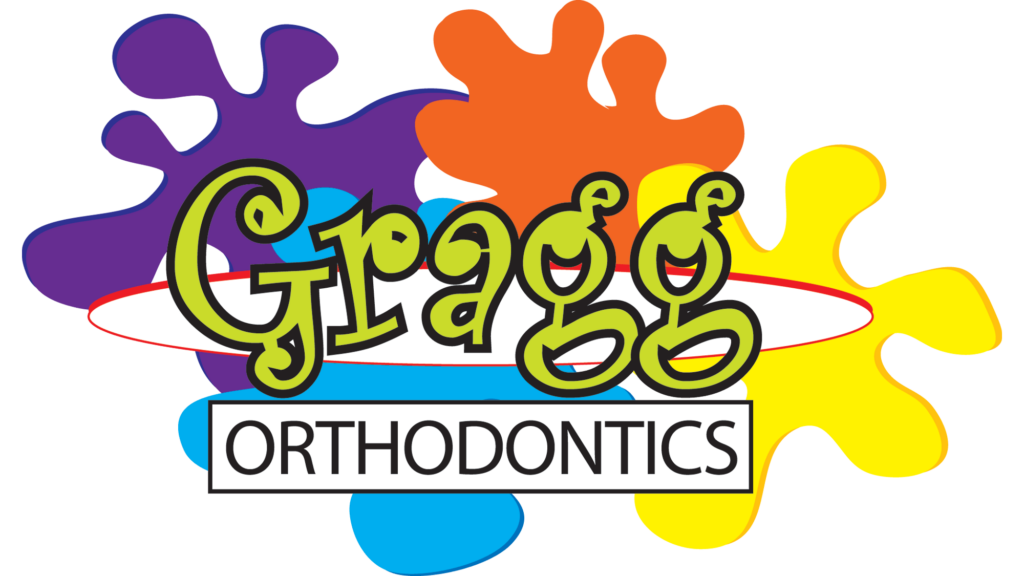Congratulations, you’ve finally had your braces removed, and your smile looks fantastic! But wait, your orthodontic journey isn’t quite over yet. Now comes the crucial step of wearing a retainer. You might be wondering, “Why do I need to wear a retainer after braces?” Well, you’re in the right place! In this article, we’ll delve into the importance of retainers after braces, the types available, how to care for them, and why Gragg Orthodontics emphasizes the significance of this post-treatment phase.
Retainers play a vital role in maintaining the results achieved through orthodontic treatment. They help stabilize your teeth in their new position, ensuring that all your hard work and investment in braces pay off in the long run. So, let’s dive in and explore everything you need to know about wearing a retainer after braces with Gragg Orthodontics!
Why Wear a Retainer After Braces?
So, why exactly do you need to wear a retainer after braces? Well, think of it this way: braces are like a journey to straighten your teeth, but retainers are the destination – they ensure your teeth stay in their beautifully aligned position for years to come. Here’s why wearing a retainer after braces is crucial:
Maintaining Teeth Alignment: Your teeth have a memory, and without proper support, they may attempt to return to their original positions. Retainers hold them in place, preventing any shifting or relapse, especially during the initial months after braces removal when teeth are most susceptible to movement.
Preserving Orthodontic Results: You’ve invested time, effort, and finances into achieving that perfect smile with braces. Wearing a retainer ensures that your teeth remain in their corrected positions, preserving the results of your orthodontic treatment for a lifetime.
Preventing Dental Issues: Misaligned teeth not only affect aesthetics but also contribute to oral health problems like gum disease, cavities, and jaw pain. By wearing a retainer, you reduce the risk of these issues, promoting a healthier smile in the long term.
Supporting Jaw Stability: Retainers not only maintain teeth alignment but also help stabilize the jaws. This is especially important for individuals who have undergone orthodontic treatment to correct bite problems, ensuring that the bite remains stable and functional.
Adjusting to Changes: Your teeth and surrounding oral structures may continue to adapt and settle after braces are removed. Wearing a retainer allows for these adjustments to occur gradually, minimizing discomfort and ensuring optimal alignment.
At Gragg Orthodontics, we understand the significance of post-treatment care, which is why we emphasize the importance of wearing retainers after braces. It’s a crucial step in your orthodontic journey that ensures your smile remains beautiful and healthy for years to come.
Types of Retainers
When it comes to retainers, there are a few different options to choose from. Each type has its own set of benefits and considerations, so let’s explore the most common types:
- Hawley Retainers: These are the traditional, removable retainers made of acrylic and metal wires. They’re custom-made to fit your mouth and are adjustable, allowing for minor teeth movement if necessary. Hawley retainers are durable and easy to clean, but some people may find them less discreet than other options.
- Clear Plastic Retainers: Also known as Essix or Vivera retainers, these are thin, transparent trays that fit snugly over your teeth. They’re nearly invisible when worn, making them a popular choice for those concerned about aesthetics. Clear plastic retainers are comfortable to wear and don’t affect speech, but they may be less durable than other types.
- Bonded Retainers: Unlike removable retainers, bonded retainers are fixed in place behind your teeth. They’re usually made of a thin wire bonded to the back surface of your front teeth. Bonded retainers are convenient because you don’t have to remember to wear them, but they require extra care during cleaning to prevent plaque buildup.
- Combination Retainers: Some orthodontic cases may require a combination of removable and bonded retainers to achieve optimal results. For example, you might wear a Hawley retainer on your upper teeth and a bonded retainer on your lower teeth. This approach offers the benefits of both types while addressing specific treatment needs.
At Gragg Orthodontics, we provide personalized recommendations for retainers based on your unique orthodontic needs and lifestyle preferences. Whether you opt for a traditional Hawley retainer or a modern clear plastic retainer, we’ll ensure you receive the best solution to maintain your beautiful smile after braces.
6 Ways to Take Care of Your Retainer
Proper care and maintenance of your retainer are essential to ensure its effectiveness and longevity. Here are some tips on how to take care of your retainer:
- Clean Your Retainer Daily: Just like brushing your teeth, you should clean your retainer every day to remove plaque and bacteria. Use a soft-bristled toothbrush and non-abrasive toothpaste to gently brush the retainer, ensuring all surfaces are thoroughly cleaned. Avoid using hot water, as it can warp the retainer.
- Soak Your Retainer Regularly: Soaking your retainer in a denture cleaner or retainer cleaning solution can help remove stubborn buildup and eliminate odors. Follow the manufacturer’s instructions for proper soaking times and dilution ratios. You can also use a mixture of equal parts water and white vinegar for a natural cleaning solution.
- Handle Your Retainer with Care: When handling your retainer, be gentle to avoid bending or damaging it. Avoid twisting or bending the wires on a Hawley retainer, and be cautious not to drop or step on your retainer when it’s not in your mouth. Store your retainer in its case when not in use to protect it from damage.
- Avoid Harsh Chemicals: Avoid exposing your retainer to harsh chemicals, such as mouthwash containing alcohol, bleach, or household cleaners. These chemicals can damage the material of the retainer and affect its fit and effectiveness. Stick to mild cleaning solutions recommended by your orthodontist.
- Keep Your Retainer Moist: Retainers made of acrylic material can warp if they dry out, so it’s essential to keep them moist when not in use. Store your retainer in a container filled with water or a specialized retainer storage solution to prevent it from drying out and losing its shape.
- Attend Regular Check-Ups: Schedule regular check-up appointments with your orthodontist to ensure your retainer is fitting properly and is in good condition. Your orthodontist can make any necessary adjustments and provide guidance on proper retainer care based on your individual needs.
By following these tips and incorporating good retainer hygiene habits into your daily routine, you can help prolong the life of your retainer and maintain the results of your orthodontic treatment for years to come. At Gragg Orthodontics, we’re committed to helping you achieve a healthy, beautiful smile, and proper retainer care is an essential part of that journey.
Conclusion
wearing a retainer after braces is crucial for maintaining the results of orthodontic treatment and ensuring long-term oral health. Retainers help to keep your teeth in their new positions and prevent them from shifting back to their original alignment. By wearing your retainer as instructed by your orthodontist and following proper care guidelines, you can preserve the straightened smile you’ve worked hard to achieve.
At Gragg Orthodontics, we understand the importance of post-treatment care, which is why we provide comprehensive guidance on retainer use and maintenance to all our patients. Our team is dedicated to supporting you throughout your orthodontic journey, from initial treatment to long-term retention. If you have any questions or concerns about wearing a retainer or need assistance with retainer care, don’t hesitate to reach out to us. Together, we can ensure that your smile remains healthy, beautiful, and well-aligned for years to come.

